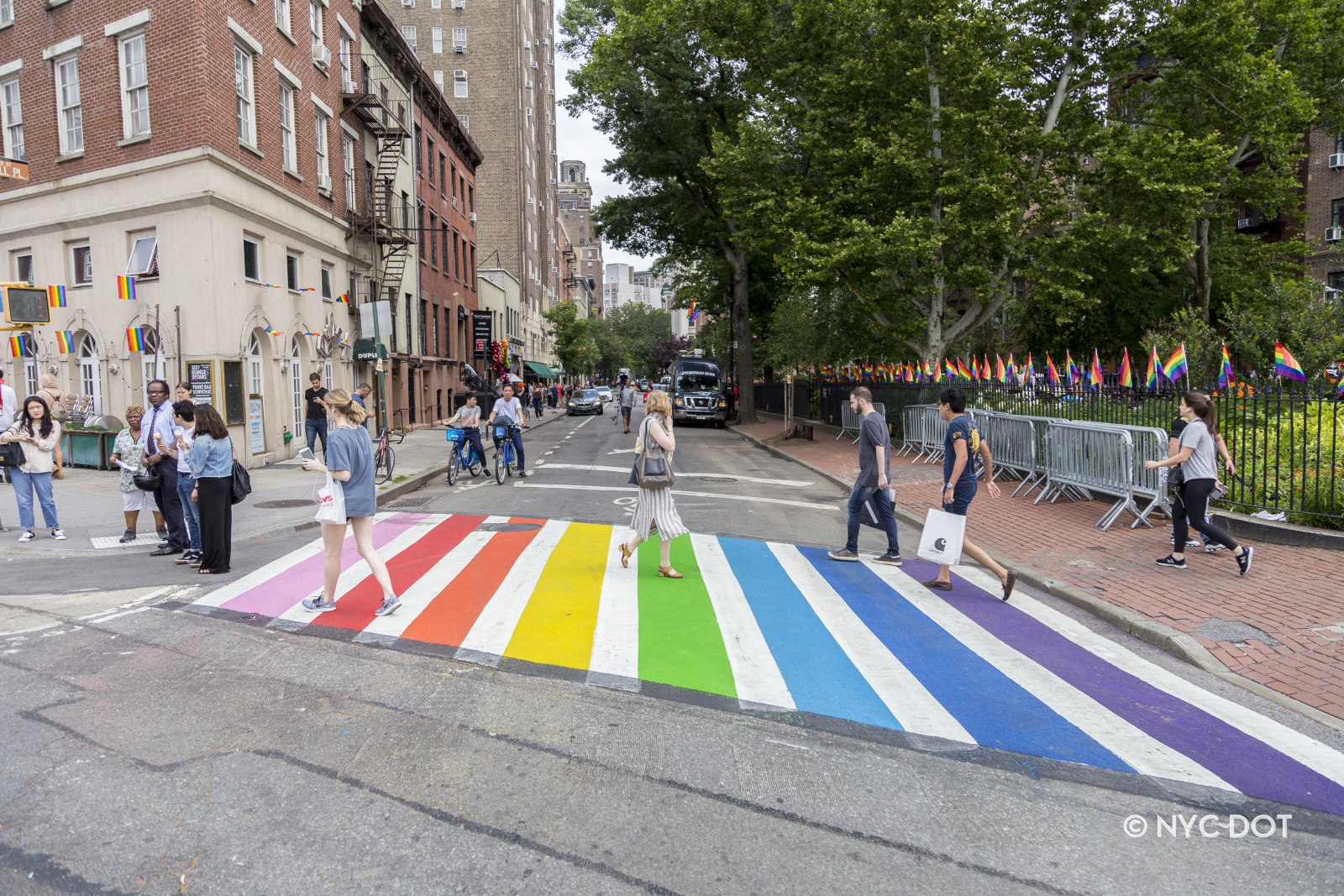Twenty-four-year-old Taja Wilson was killed near the Louisiana bayou in August when a driver swerved on the shoulder where she was walking. Noshat Nahian, age 8, was killed in a Queens crosswalk on his way to school in December by a tractor-trailer driver with a suspended license. Manuel Steeber, 37, was in a wheelchair when he was killed in Minneapolis while trying to cross an intersection with no crosswalk or traffic signal on a 40-mph road. One witness speculated that Steeber must have had a "death wish."

Photo: Accidents in US
These are just three of the 4,735 pedestrians killed in 2013. Believe it or not, that was an improvement, down 1.7 percent from the year before.
New data [PDF] from the National Highway Traffic Safety Administration (NHTSA) shows that overall, traffic fatalities went down in 2013 -- reassuring news after a disturbing uptick in 2012. But 32,719 preventable deaths on the country’s streets is still an alarming death toll. Tens of thousands of lives would be saved if the United States achieved a traffic fatality rate comparable to the United Kingdom, Germany, or Japan.
The Vision Zero movement is growing around the country, but advocates are still trying to come up with a way to bring the movement for zero deaths to the national level, instead of just city by city.
Moreover, though the overall situation improved in 2013, beneath the surface there were some disconcerting trends and facts:
- Bicyclists (categorized as “pedalcyclists” in NHTSA reporting language) were the only group to experience more deaths in 2013 than 2012. With more and more people riding bicycles, the 743 cyclists killed in 2013 probably still represents fewer deaths per miles ridden, but it also reveals a blind spot in many places in the country that have yet to adapt their roads to the reality of more people biking.
- “At 21,132 fatalities, the number of passenger vehicle occupants who died in 2013 is the lowest on record,” NHTSA announced. But the trend is not that good for people outside of cars, who account for a growing share of all traffic deaths. "Non-occupant" fatalities made up 13 percent of the total in 2004 and 17 percent in 2013.
- While total injuries are down, the fact that 49,000 fewer people were injured in traffic in 2013 than in 2012 is "not statistically significant," according to NHTSA. Why? Because the annual number of traffic injuries is shockingly high -- more than 2.3 million.
- The number of fatalities in 2013 looks like an improvement in relation to 2012, but it is still higher than the total in 2011.
- Alcohol is involved in 31 percent of traffic deaths. And 24 percent of drunk drivers who killed someone in 2013 had had their licenses suspended or revoked in the past three years.
- NHTSA's report doesn't even mention distracted driving, but the National Safety Council reports that cell phone use causes up to 26 percent of crashes in the U.S.
- Deaths related to large trucks are up 14 percent, with the vast majority of that increase comprised of “non-occupants” who are killed by the drivers of large trucks. Meanwhile, Congress just rolled back safety rules designed to keep tired truckers off the road.
NHTSA numbers only count deaths on public roadways. Deaths on private roads or parking lots and children killed when motorists back over them in driveways all go uncounted in NHTSA’s figures. Children are disproportionately represented in those uncounted deaths.
The NSC, which does include these "non-traffic" deaths in its count (along with other minor differences) hasn’t released final numbers yet for 2013 but its preliminary count was 35,200 -- 7.5 percent higher than NHTSA’s total.





